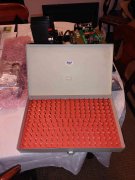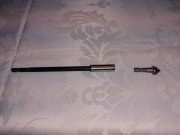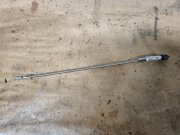Taking on another 400 project for member @Hinodit to go along with his existing full WOPL 700B.
This will be a complete rebuild and include the following main components:
- Full WOPL (Caps, Regulator, Control board, Backplanes, Outputs)
- LED lighting
- New chassis
- Isolated transformer bolts
- Speaker output DC Protection
- New RCA inputs
- New AGC fuse holders
The donor amp was in very clean condition with only minor cosmetic scratches. All output drivers are original date matched XPL909's.
These amps are like a box of chocolate, you just never know what you have until you dig in and open them up. SIL pads on outputs and extruded heat sinks are a welcome sight, NO thermal grease to deal with.
Both rail fuses were 35V 14A...




This will be a complete rebuild and include the following main components:
- Full WOPL (Caps, Regulator, Control board, Backplanes, Outputs)
- LED lighting
- New chassis
- Isolated transformer bolts
- Speaker output DC Protection
- New RCA inputs
- New AGC fuse holders
The donor amp was in very clean condition with only minor cosmetic scratches. All output drivers are original date matched XPL909's.
These amps are like a box of chocolate, you just never know what you have until you dig in and open them up. SIL pads on outputs and extruded heat sinks are a welcome sight, NO thermal grease to deal with.
Both rail fuses were 35V 14A...






















